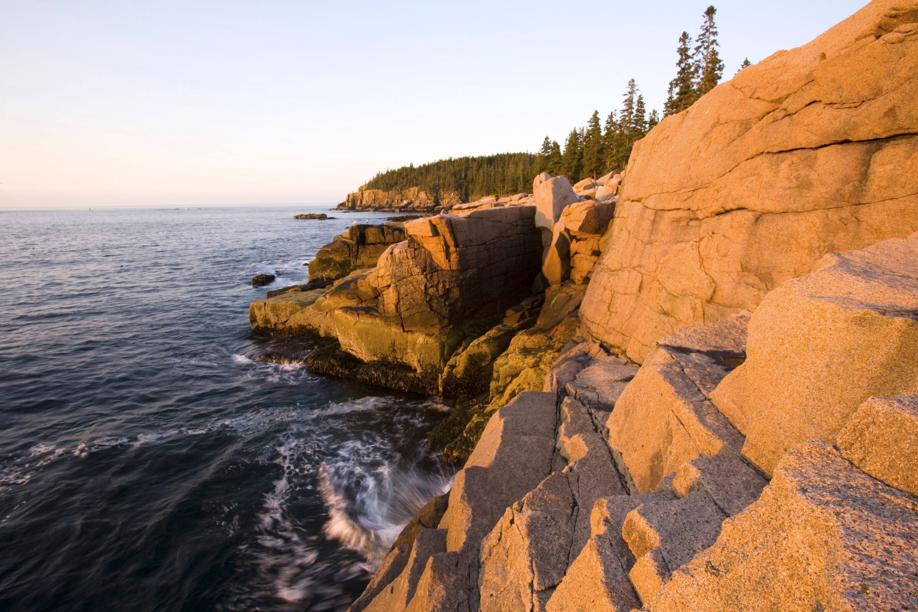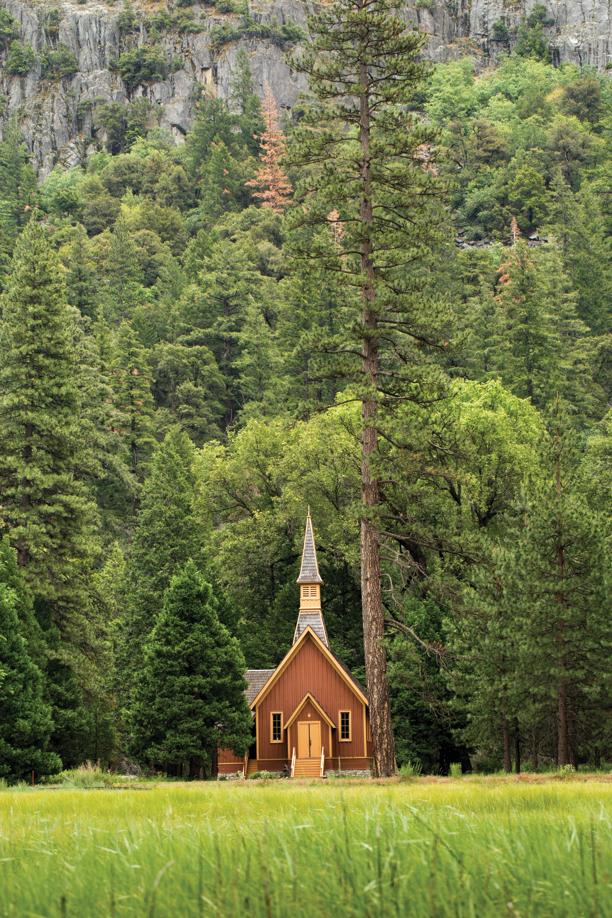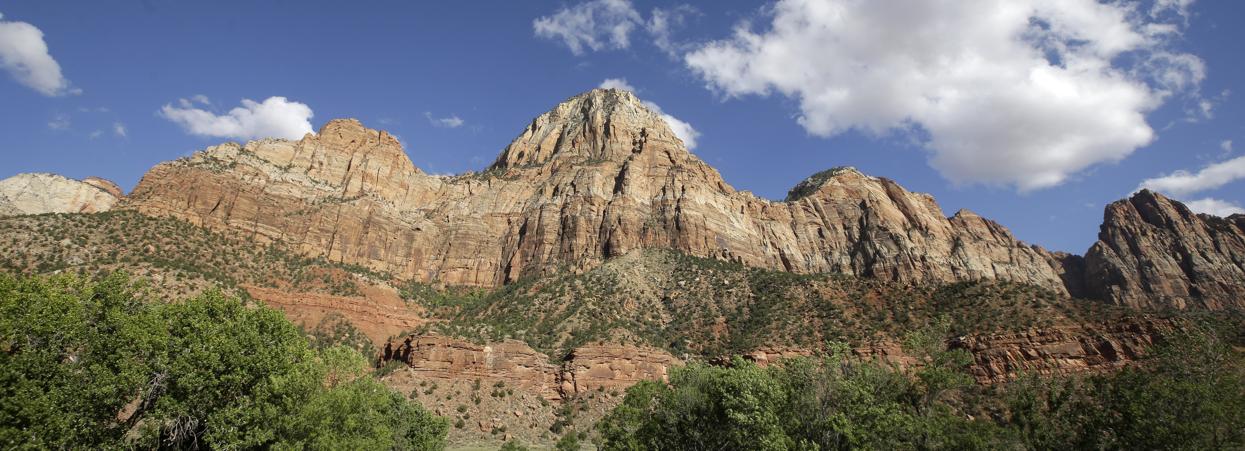


One in a series of stories celebrating the 100th anniversary of the National Park Service.
Some folks care so deeply about one of America’s scenic national parks that they never want to leave. They find peace in the back country or along a mountain stream, while hiking or snowshoeing, or waiting for bison to move off the road. Their lives are forever changed by a singular place where they found adventure, or romance, where they were moved by history or sensed oneness with nature. Deep in their bones, they know it’s where they belong.
Sound familiar? Then take heart. From Yosemite to Yellowstone and Acadia, many of our national parks will grant permission for your loved ones, upon your death, to scatter your ashes in the setting that speaks to you like no other.
Requirements vary from one park to another but all fall under federal regulations. Fortunately the list of do’s and don’ts is short. Additionally, park superintendents may designate certain areas off-limits according to local conditions. It’s all intended to protect the environment and each park’s unique resources and purpose.
On your favorite park’s website, there might be an application form for a Special Use Permit, or there may be a downloadable permission letter. Or no information at all. Sometimes you have to dig to determine what’s involved. However, federal guidelines for scattering ashes are pretty specific.
“The key word is ashes,’’ said Stuart West, chief ranger at Acadia National Park. Regardless of which park you choose, federal regulation 36 CFR 2.62(b), Memorialization, states “The scattering of ashes by persons on the ground must be over natural areas of the park (outside developed areas), at least 100 yards from any trail, road, facility, known archeological sites, historic sites, or inland body of waters. The remains must have been cremated and pulverized, and not contain recognizable pieces of bone or teeth.’’
That last point, no recognizable bone fragments, was emphasized by Ranger West. Additionally, urns, boxes, or other containers must be removed from the site. No markers of any kind can be left behind. And be prepared for your request to be denied.
Acadia, on the coast of Maine, receives 10 to 15 applications each year to scatter ashes. There’s no fee to apply, but the park must receive the application 14 days before the memorial ceremony is to be performed. By contrast, an average of just more than 60 couples a year ask for the OK to be married in the park.
“Acadia is a special place to many people, and for good reason,’’ said West. “They either grew up with Acadia in their backyard or they hold special memories here. Everywhere you look in the park is beautiful enough to be a postcard.’’ Although Native Americans consider Cadillac Mountain sacred ground, the ranger said no additional prohibitions are in place because of the mountain’s importance to their culture.
Have you been transfixed by swirling rock formations in Bryce, Zion, or the Grand Canyon? Spellbound by the Hawaiian volcanoes or the Everglades? The 59 parks in the National Park System, which marks its 100th anniversary this year, vary tremendously in vegetation, wildlife, geology and sometimes climate conditions.
That’s why, according to National Park spokeswoman Beth Stern, “Each park may allow the scattering of human ashes, but it is a discretionary decision and would not be appropriate in all parks, or in every area of a park.’’ That call is made by the park superintendent. In Yellowstone, for example, human ashes may be distributed only in undeveloped areas of the park, not near any developed location, such as a road, building, parking lot, or campground.
Sometimes applicants receive a letter of condolence that contains a list of the designated areas where ashes may or may not be scattered and the guidelines. They just need to carry the letter with them and follow the rules. Other parks ask only that you call ahead to report the time and location you have in mind.
A few have chapels. Yellowstone’s dates from the era when the area was a military fort. At Yosemite Chapel, a book is maintained where a loved one’s name can be recorded for the ages. Yosemite even has a resident pastor available for memorial services, weddings, and other ceremonies of all denominations. According to Stern, there are chapels in Grand Teton, Great Smoky Mountains, Denali, and Golden Gate at Fort Mason, as well as Grand Canyon Shrine of the Ages and Antietam Dunker Church.
The rangers I contacted acknowledge there are undoubtedly folks who scatter ashes without checking with the Park Service first, but they didn’t sound peeved. They just hope that people will respect nature and be safe rather than create problems.
Can we use an airplane or boat, you might ask? The use of aircraft to scatter ashes is regulated by the Federal Aviation Administration, but here, too, the specifics are conditional. In Yellowstone, a 500-foot above-ground-level distance must be maintained over undeveloped areas and 1,000 feet over developed areas. The use of unmanned aircraft is prohibited.
West said Acadia has no jurisdiction on the open waters, only to the low tide level, but manages its intertidal areas, including island beaches. Airplanes are also restricted from flying lower than 500 feet above ground level.
Al Hebb, park ranger for Boston Harbor Islands, said that while it’s legal in the Commonwealth to spread cremated remains anywhere with permission from the landowner, the islands are complicated because there are eight landowners for the 30 islands and four peninsulas. Little Brewster Island, the popular setting of Boston Light, is owned by the Coast Guard. Call about your specific island.
One more thing: If you’re wondering whether an area can be cordoned off to make your ceremony more private, the answer is no. As West said, “If you plan to get married in Acadia or if you want your ashes spread here, you’ll be in good company.’’
Janet Mendelsohn can be reached at janetmendelsohn75@yahoo.com.



